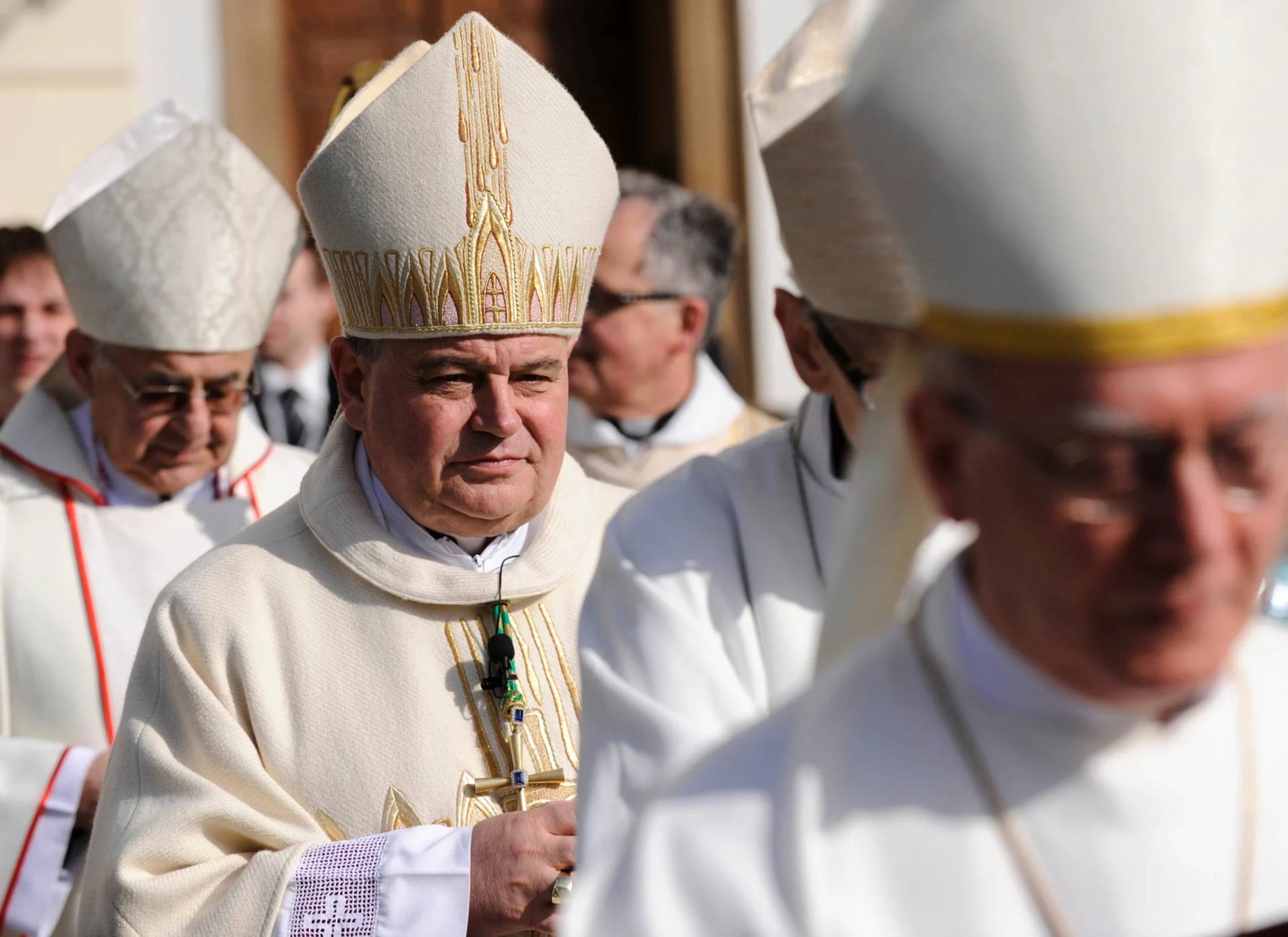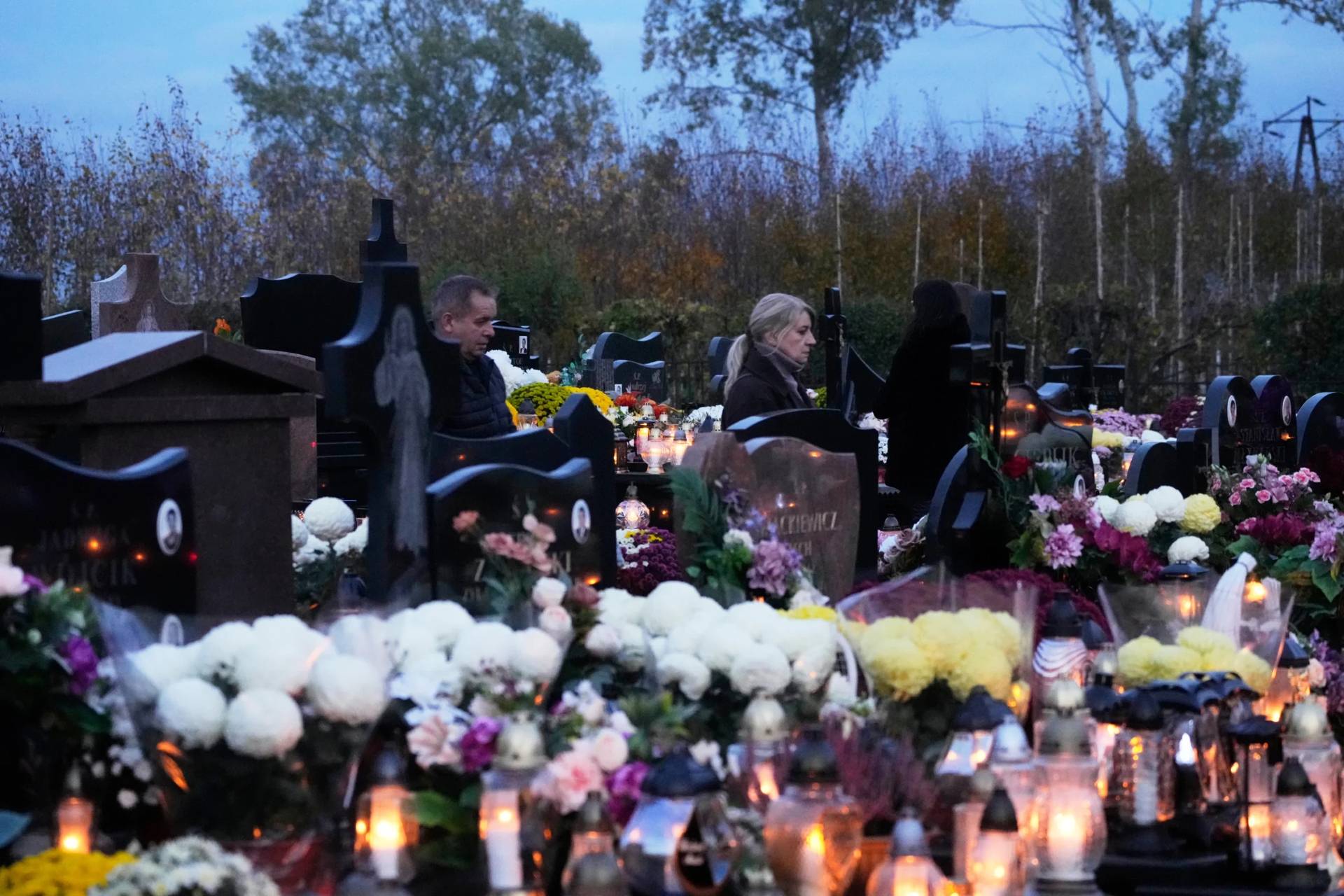ROME – In all honesty, relatively little holds Italy together as a nation. The country wasn’t unified politically until 1870, and linguistically the 34 separate dialects and tongues spoken here didn’t yield to today’s “Italian” (in reality, the dialect of Tuscany) until the 1920s, when Mussolini barred regional dialects in public and ordered schools, media and government offices to use a common tongue.
One thing Italians have shared for more than 150 years, however, is a passion for Alessandro Manzoni and his celebrated novel I Promessi Sposi, published for the first time in 1827 and in a revised edition between 1840 and 1842. (The title normally is translated into English as The Betrothed.)
Set in the 17th century, the book at one level is an epic love story, involving young lovers Renzo and Lucia and their struggles against an evil count to finally be married. (In May 2015, Pope Francis actually recommended that engaged couples read the book before marriage during one of his general audiences.)
In another sense, I Promessi Sposi is a reflection on the human condition, including sin and forgiveness, sacrifice and self-centeredness, and what moral integrity implies in confusing times.
Nowhere is that theme clearer than in a contrast between two priests who figure prominently in the book: “Don Abbondio,” the model of a careerist cleric interested only in an easy life, avoiding unpleasantness; and “Fra Cristoforo,” a Capuchin who spends himself in service to the poor and outcasts, and who bravely speaks truth to power.
Because much of the novel unfolds against the backdrop of an outbreak of the plague, it’s no surprise Manzoni’s famous work has been much-cited over the past month, as Italy has grappled with the highest coronavirus death count in the world – 12,428 fatalities as of Wednesday, an increase of 837 over the day before.
On March 15, during the course of a Sunday Angelus address, Francis referenced Manzoni to drive home a point. He praised priests who he said are finding “creative ways” to be with their people despite a nationwide lockdown that had gone into effect four days earlier.
These are, the pope said, “priests with apostolic zeal who understand that in times of pandemic, you shouldn’t be Don Abbondio.”
More recently, Vittorio Messori, Italy’s most famous living Catholic writer, lamented what he sees as a lack of Fra Cristoforos in an interview with the website La Nuova Bussola Quotidiana. He’d been asked about government directives to avoid public gatherings, which has led to the suspension of public Masses and funerals.
“I’m not scandalized that the Church is following the dispositions of the government,” Messori responded. “Instead, what I find lacking is what the Church has always done during plagues: Mobilizing its troops like so many Fra Cristoforos.”
“That doesn’t take away from the fact that many priests live like that today …Yet certain acts of heroism seem more personal initiatives of the clergy rather than a sort of call to arms,” he said.
While the pope and Messori are cultural celebrities, in casual conversation with Italians right now, in social media messages and blog posts, in newspaper pieces almost every day, one will find references to Abbondio and Cristoforo. Several priests who’ve died amid the coronavirus have been widely compared to Cristoforo, including Don Fausto Rasmini of Bergamo, who likely contracted the virus while visiting prisoners, and Don Giampietro Vignandel of Trent, a Capuchin like Cristoforo, who probably got sick running a daily soup kitchen for the city’s poor and homeless.
To be clear, the contrast between Cristoforo and Abbondio isn’t a straight-forward tale of good and evil, because Abbondio isn’t really evil. He’s weak, craven, and smug, but he commits no great atrocities and doesn’t do harm unless his self-interests are at stake.
In that sense, Cristoforo and Abbondio have become the priestly archetypes of Italy’s pandemic: Not hero and villain, but rather risk v. safety, commitment v. career, extraordinary virtue v. common complacency. In a way it’s analogous to Graham Greene’s “whiskey priest” in The Power and the Glory, except that where Manzoni separated the tendencies in two distinct figures, Greene blended them in the same character.
Two other points seem worth noting about Manzoni’s celebrated duo.
First, in I Promessi Sposi, Abbondio survives the plague in fairly good shape. His last appearance, actually, is when a nobleman drops in at a dinner for the newly married Renzo and Lucia before retiring with Don Abbondio and others of the upper crust for a superior private meal.
Cristoforo dies, and we don’t even get to witness his final hours. Manzoni instead has Lucia learn of his death from fellow Capuchins in the Lazzoretto, meaning the quarantine zone for plague victims in Milan, whereupon he writes that she took the news “with more sorrow than surprise.”
The moral might be that while there may be perfect justice in the next life, that’s not always the case in the here-and-now.
The other point is that Manzoni had a classically Italian way of seeing clergy, the fruit of centuries of experience of living cheek by jowl, and sometimes under the thumb, of Catholicism’s clerical class.
Manzoni’s relationship with the Catholic hierarchy of his day was often strained. He was a fervent Catholic but also a strong supporter of the Enlightenment, opposing the anti-modernist line of the Vatican through much of the 19th century. The ambivalence was mutual. When he died in 1873, La Civiltà Cattolica, the semi-official Jesuit-edited Vatican journal, complained Manzoni was being excessively feted by “these always false and lying liberals.”
Perhaps because of that background, Manzoni had no problem seeing both knaves and heroes, moral giants and dwarves, within the clerical class. His faith was rooted in God’s grace, not an exalted sense of what to expect on a routine basis from God’s human ministers.
Regardless of what one makes of Manzoni’s other beliefs, that’s probably an insight worth preserving – that always, Catholicism will be a mix of the Don Abbondios and the Fra Cristoforos, and the full story of the Church at any given moment necessarily involves both.
















